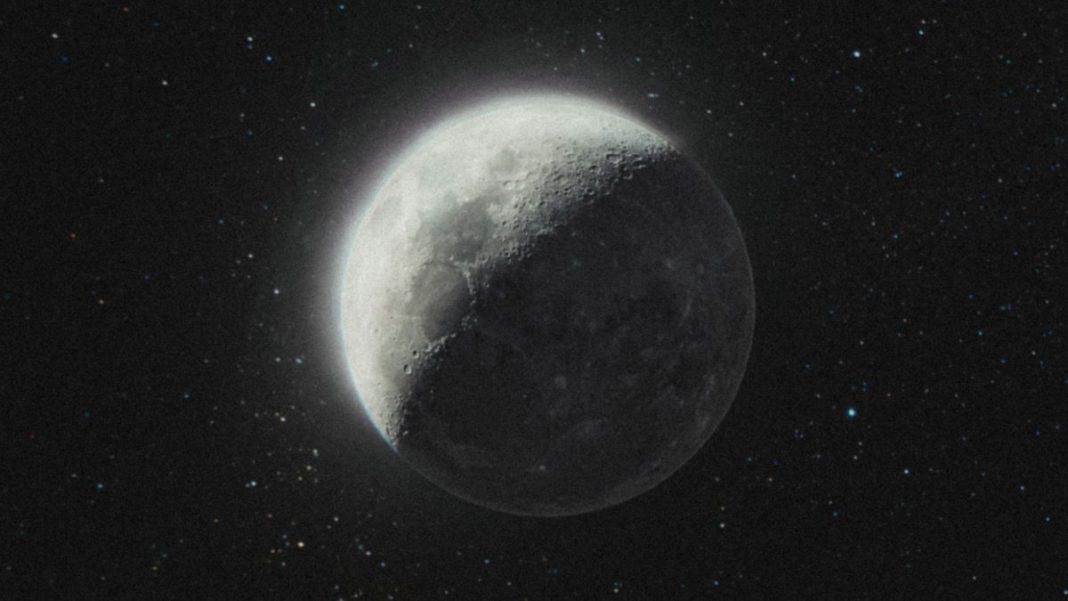UNITED STATES: In a groundbreaking achievement, American astrophotographer Andrew McCarthy has captured the most detailed image of the moon ever seen. The stunning photograph showcases the moon’s surface in exquisite detail, revealing even the most minor elements.
McCarthy took on the challenge by using two telescopes and over 280,000 individual photos to create the full-size photo of the moon, which is over one gigapixel (1000 MP!). The detailed process took him two weeks to complete, but the results speak for themselves.
Sharing the photograph on social media, McCarthy urged viewers to fully zoom in on the image to appreciate its intricacy. He also warned that the full-size image is so large that it may break some computers if downloaded.
Astronomy enthusiasts and professionals alike have widely praised the photograph for its unprecedented level of detail. The moon is Earth’s only natural satellite, and its exploration has played a crucial role in advancing our understanding of the universe and our own planet.
Moon photography is a fascinating field that involves capturing images of the moon using specialized equipment and techniques.
The moon is the Earth’s only natural satellite and has been the subject of fascination for humans for thousands of years. With the advent of modern technology, astrophotographers have captured stunning images of the moon’s surface in unprecedented detail, revealing intricate features previously hidden from view.
Astrophotographers use telescopes or cameras equipped with telephoto lenses to capture these images. They often use specialized filters to reduce glare and increase contrast, allowing them to capture detailed images of the moon’s features, such as craters, mountains, and valleys. The cameras are often light-sensitive and can capture faint details that the human eye cannot see.
Advancements in technology have made moon photography more accessible to amateur photographers as well. Many cameras now have features that enable users to capture clear images of the moon, such as a superzoom lens and manual focus. There are also specialized telescopes and mounts designed for astrophotography that can be used to capture stunning images of the moon.
Moon photography not only allows us to appreciate its natural beauty but also contributes to scientific research and exploration of Earth’s natural satellite. Images of the moon’s surface can help scientists study its geological features and better understand its history and formation.
In recent years, there has been renewed interest in exploring the moon, with several countries planning missions to send rovers and even humans to its surface.
Also Read: ISRO to Defeat NASA in The Long Run; Will Become Leading Space Agency



